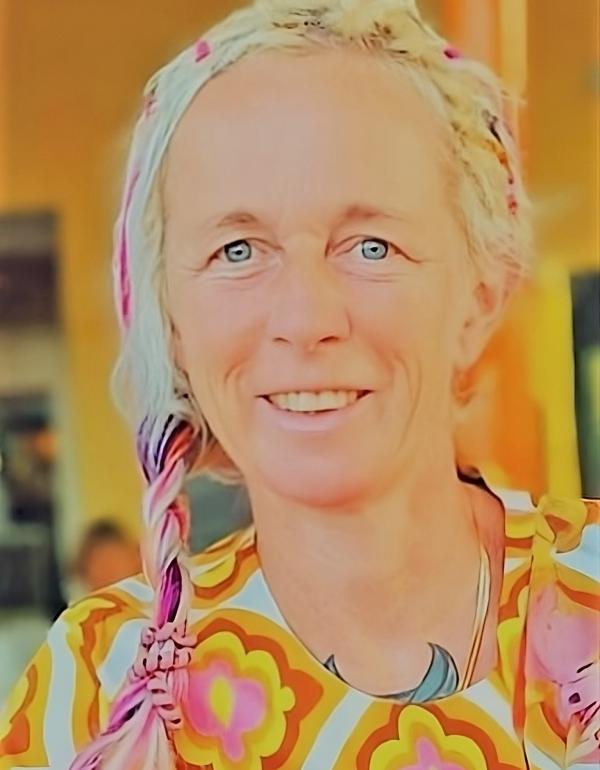
After studying biology/zoology at the Leopold-Franzens-University of Innsbruck and PhD at the Institute of Theoretical Surgery, Doris Wilflingseder started working on host-pathogen interactions as a post-doc at the Institute for Hygiene and Medical Microbiology at the Medical University of Innsbruck (MUI). After a stay abroad in 2008/2009 at University College London, she set up her own work group at the Institute for Hygiene and Medical Microbiology with third-party funding and has successfully been working for many years with her group (immunology and cell biology) on host-pathogen interactions, infection susceptibility and novel therapeutic approaches within complex, immune-competent 3D models. The group lays a special focus on the use of relevant, human 3D cell culture systems and primary cells to simulate the course of an infection and drug testing as 'realistically as possible in the petri dish' and thus gain insights that are not revealed when using 2D cultures or cell lines. From 2012 to 2019, Doris Wilflingseder worked as an associate professor and deputy director at the Institute of Hygiene and Medical Microbiology at MUI and now she has a university professorship in infection biology since 2020.
OpenTox Virtual Conference 2023
In vitro disease models - from complexity to therapy
The growing spread of emerging infectious diseases, such as COVID-19, or resistant pathogens indicates the need to speed up research on repurposing already approved drugs or testing novel innovative compounds. Since effective drugs or vaccines must induce both humoral and cellular responses against pathogenic challenges, novel alternative human
approaches are needed and improved methods for delivery have to be tested.
Rapid developments in high-content screening as well as organotypic cultures provide groundbreaking new tools to study pathogen transfer at entry sites or to test novel vaccination strategies or unconventional drugs. Therefore, we design optimized intelligent human barrier models combined with infection-relevant immune cells and humoral components in order to characterize and hinder overshooting host responses, pathogen entry, and initial transmission steps within a 3D system. These human systems offer improved power to test delivery methods, adjuvants, repurposing of drugs, or novel vaccination approaches in high throughput and will be an important challenge with broad interest. Using these models, we could demonstrate that:
(i) C5aR inhibition of nonimmune epithelial cells suppressed inflammation as assessed by local complement production, anaphylatoxin, and pro-inflammatory cytokine released and maintained epithelial integrity in SARS-CoV-2-infected primary human airway epithelia (1),
(ii) antiviral sprays effectively shielded airway epithelia from infection with different SARS-CoV-2 variants of concern (2), and
(iii) corticosteroids created a suppressive microenvironment and promoted fungal invasion in epithelial/immune respiratory models (3).
Crucially, these human systems offer the opportunity to evaluate novel therapeutic intervention strategies or test drugs or vaccination efficiency in a personalized manner.
References
1. Posch, W., Vosper, J., Noureen, A., et al. (2021), J Allergy Clin Immunol.; 147(6):2083-2097.e6. doi: 10.1016/j.jaci.2021.03.038
2. Zaderer, V., Dichtl, S., Posch, W., et al. (2023), Respir Res;24(1):88. doi: 10.1186/s12931-023-02397-3 3. Luvanda, M.K., Posch, W., Noureen, A., et al. (2021), J Fungi (Basel);7(3):221. doi: 10.3390/jof7030221
